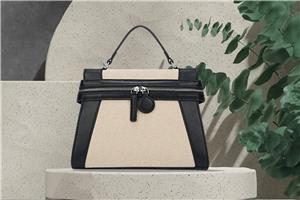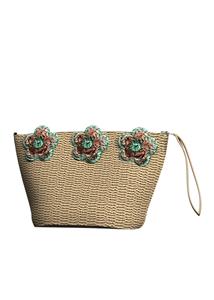Best Macrame Cord: Top Materials for Crafting a Macrame Bag
Best Macrame Cord: Top Materials for Crafting a Macrame Bag
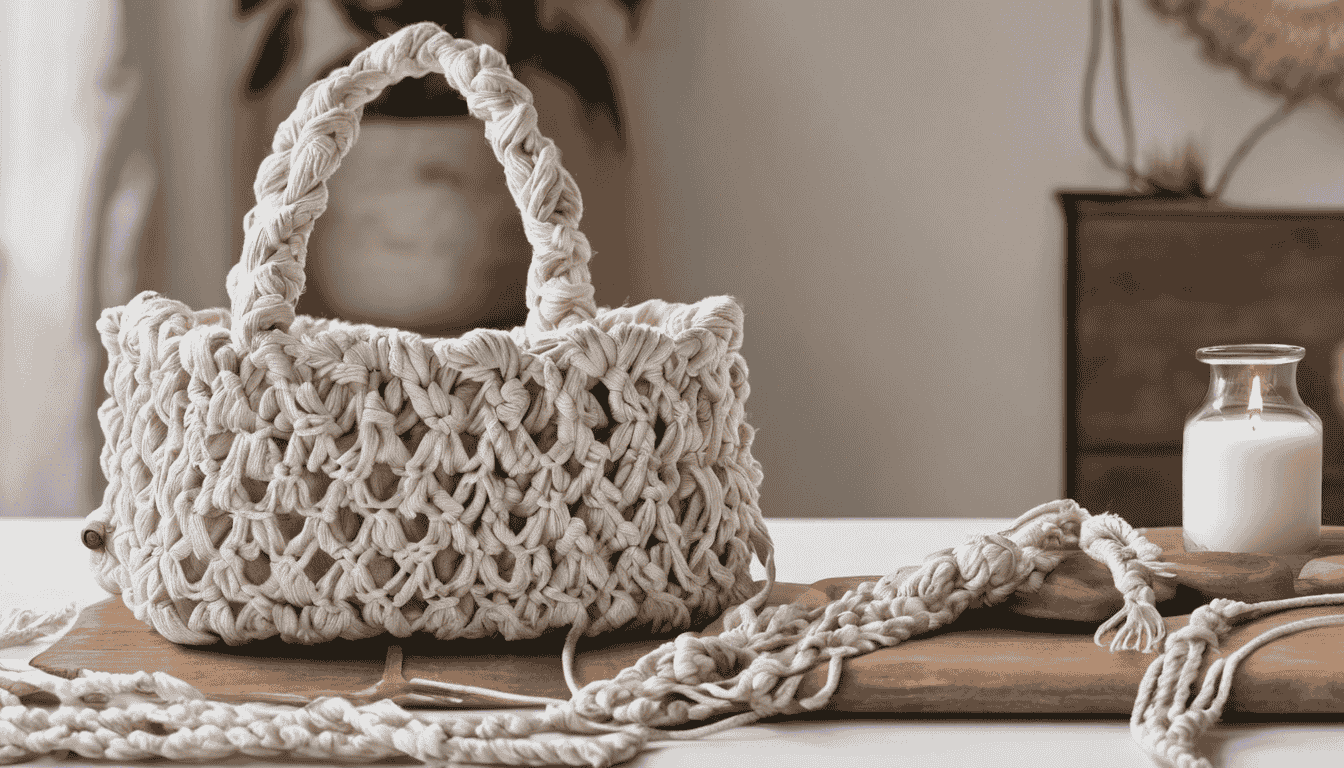
Choosing the right macrame cord is a pivotal step in crafting a bag that not only stands out esthetically but also endures over time. Macrame, the art of knotting string in patterns to make decorative articles, has surged in popularity, with macrame bags topping the trend charts. The durability, feel, and look of the final product highly depend on the type of macrame cord used, making it essential to select the best cord for macrame. From braided to twisted, the variety in macrame cord texture like 3-ply and single-strand offers endless creativity for crafters.
This article delves into the array of materials available for macrame cord, guiding you to make an informed decision when selecting your macrame cotton cord or any other material. We will explore the characteristics and benefits of cotton cords, nylon cords, jute cords, polyester cords, and hemp cords. Each of these materials caters to different aspects of macrame bag creation, from durability and strength to texture and environmental impact. Whether you're seeking the best cord for macrame that offers a soft touch, a sustainable choice, or the utmost durability, this overview will provide the insights needed to choose the right macrame thread for your project.
Cotton Cords
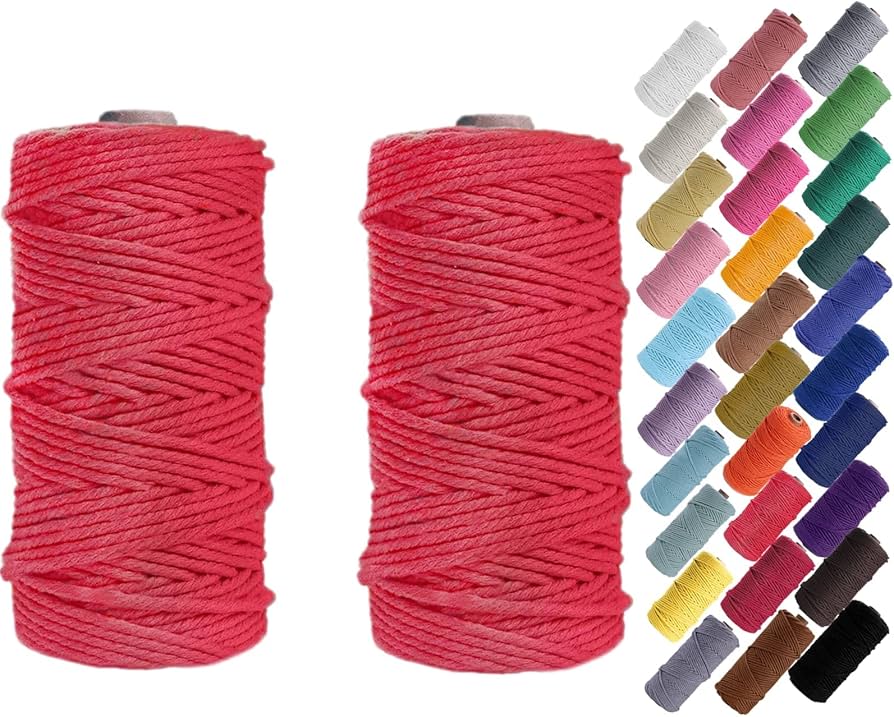
Cotton cords are celebrated for their versatility and functionality across various applications, including macrame. Renowned for their strength and resilience, these cords can endure significant wear and tear, making them a reliable choice for crafting durable macrame bags .
Advantages of Using Cotton Cords
Cotton cords offer several distinct advantages that make them a popular choice among crafters. Their natural breathability and softness ensure a comfortable crafting experience, while their durability ensures that the products created are long-lasting. The esthetic appeal of cotton cords, characterized by their natural texture and color variations, adds a rustic charm to any macrame project .
Popular Brands of Cotton Cords
Several brands stand out in the market for their high-quality cotton cords. Paracord Planet, Stringking, and Atwood Rope MFG are among the most respected names, known for their innovative designs and commitment to customer satisfaction. These brands offer a variety of cotton cords that cater to different crafting needs, ensuring high standards of quality and performance .
Tips for Working with Cotton Cords
When working with cotton cords, it is crucial to handle them properly to maintain their integrity and appearance. Storing them away from excessive moisture and direct sunlight helps preserve their quality. Additionally, using the right cutting tools can ensure a clean cut, which is essential for precise macrame work. These practices help in extending the lifespan of the cords and maintaining their esthetic appeal .
Cotton cords, with their blend of functionality and esthetic appeal, are an excellent choice for crafting macrame bags. Their ability to hold knots well and the ease of incorporating various designs make them a go-to material for both novice and experienced crafters .
Nylon Cords
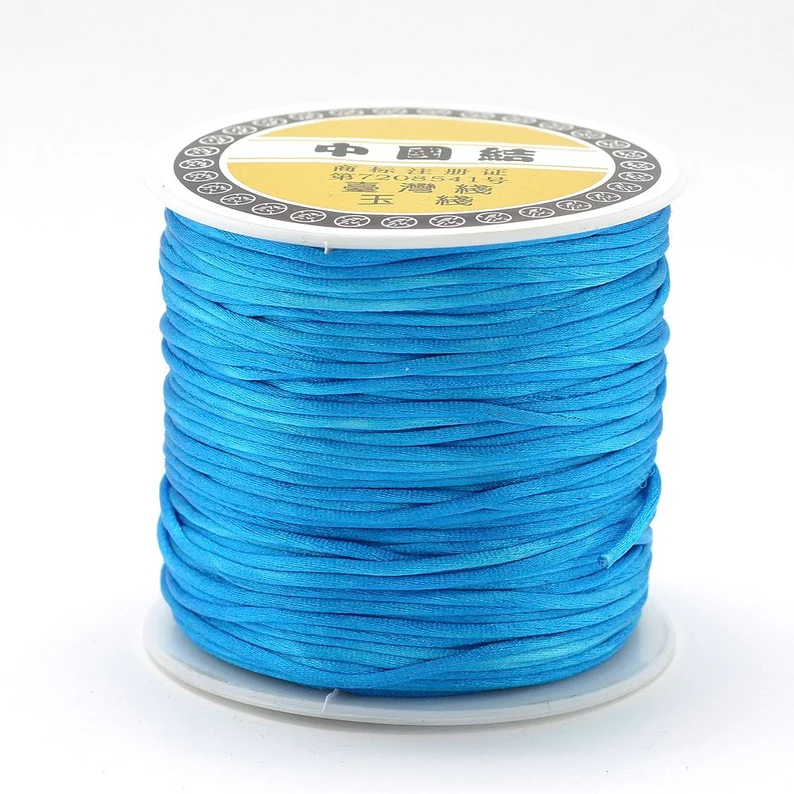
Benefits of Nylon Cords
Nylon cords, often recognized for their durability and subtle sheen, bring a unique esthetic to macrame projects. These cords are particularly valued for their resistance to fraying and their robust nature, making them a reliable choice for items that require longevity. The material is flexible yet strong, ideal for projects where durability is as important as appearance .
Best Projects for Nylon Cords
Nylon cords are best suited for craft projects that demand a sturdy material. Originally designed as a parachute suspension line, nylon paracord is excellent for utility purposes, including climbing and all-purpose cords. Its ability to hold knots well yet easily untie makes it perfect for practicing new macrame knots, especially for beginners who may need to undo and redo their work as they learn .
Practicing Knots with Nylon Cords
For those new to macrame, nylon cords offer an excellent medium for experimentation. The ease of unraveling knots without damaging the cord makes it ideal for learners. Practicing with nylon helps in mastering various knots essential for macrame, such as the square knot and spiral knot, without the frustration of permanent errors, providing a forgiving learning curve for novices .
Jute Cords
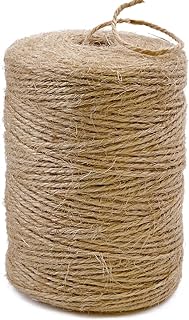
Features of Jute Cords
Jute cords are renowned for their authentic, earthy appearance and rough texture, making them a favored choice for those who value natural esthetics in their projects . These cords are celebrated not only for their rustic charm but also for their eco-friendly qualities, which align well with environmentally conscious crafting. The strength of jute cords makes them suitable for various applications, particularly in projects that require a robust material capable of withstanding regular use and wear .
Best Uses for Jute Cords
Jute cords are ideal for creating items that blend seamlessly with nature-inspired décor, such as plant hangers, wall hangings, and dreamcatchers . Their textured quality adds depth and character to each piece, enhancing the overall visual appeal. For crafters looking to infuse their work with a bohemian or earthy vibe, jute cords offer a versatile medium to explore different knotting techniques, allowing for the creation of unique and personalized items .
Selecting the Right Jute Cord
When choosing jute cords for macrame projects, it's crucial to consider the specific requirements of the project. For instance, the thickness and flexibility of the cord can significantly impact the ease of knotting and the final appearance of the craft. Crafters should opt for high-quality jute cords that are strong and durable to ensure the longevity of their creations, especially for items like macrame bags that may undergo more rigorous use . Additionally, it's advisable to select cords that are uniform in thickness to maintain consistency throughout the crafting process.
Polyester Cords
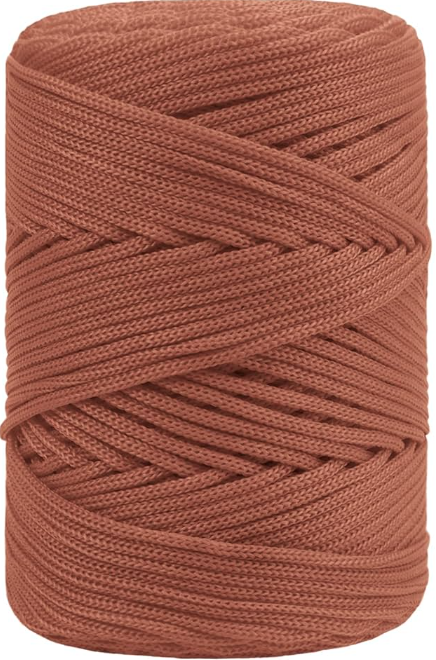
Why Choose Polyester Cords
Polyester cords stand out in the realm of macrame materials due to their combination of durability and esthetic appeal. These cords offer longevity and a polished appearance, making them ideal for projects where both style and durability are crucial. The subtle sheen of polyester adds a contemporary touch to macrame creations, enhancing their visual appeal and making them suitable for modern decor styles. Polyester macrame cords are particularly favored for their resistance to fading and fraying, ensuring that they maintain their quality over time .
Outdoor Use of Polyester Cords
For crafters looking to display their macrame projects outdoors, polyester cords offer an excellent solution. These cords are designed to withstand harsh weather conditions, including prolonged exposure to sunlight and moisture. This makes them perfect for outdoor decorations such as hammocks, wall hangings, and plant hangers. The durability of polyester ensures that these items remain vibrant and intact, despite environmental elements. Additionally, polyester cords are available in a variety of colors that resist fading, maintaining their brightness and visual impact over time .
Maintenance Tips for Polyester Cords
Maintaining polyester cords is straightforward, ensuring that your macrame projects continue to look their best. To prevent damage, it is advisable to wash these cords as soon as they become stained. Placing the macrame in a wash bag or pillowcase during the wash cycle can protect the cords from tangling or fraying. It's important to use a mild detergent without bleach and select a gentle wash cycle with a low temperature. After washing, drying the cords in a well-ventilated area away from direct sunlight is crucial to avoid any distortion of the design. This careful handling helps preserve the integrity and appearance of polyester macrame cords, extending their lifespan and usability .
Hemp Cords
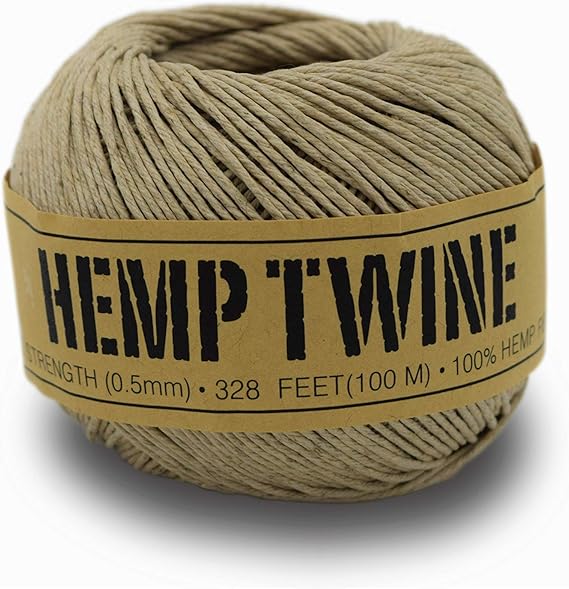
Eco-Friendly Aspects of Hemp Cords
Hemp cords stand out as a superior choice for environmentally conscious crafters. Produced from the long fibers of the industrial hemp variant of the Cannabis plant, these cords are not only durable but also eco-friendly. Hemp grows with minimal water and pesticide use, making it a sustainable crop . Additionally, hemp cords are completely biodegradable, offering an excellent alternative to synthetic materials like nylon, which are less environmentally friendly .
Projects Best Suited for Hemp Cords
Due to their robust and versatile nature, hemp cords are ideal for a variety of crafting projects. They are particularly popular in jewelry making, gardening, and home décor. The strength and natural resistance of hemp to UV light, mold, and mildew make it suitable for outdoor decorations such as nautical themes or garden twines . For those interested in macramé, hemp cords can be used to create intricate designs like macramé bags, which require a cord capable of handling wear and tear while maintaining an esthetic appeal .
Working with Hemp Cords
When crafting with hemp cords, selecting the right thickness is crucial for the project's success. For smaller, more delicate items like jewelry, thinner cords around 1mm are recommended, while thicker cords are suited for larger projects like macramé bags. The general rule of thumb is to adjust the space between knots based on the cord thickness to achieve the desired look and functionality . Additionally, for projects like macramé bags, ensuring the knots are spaced adequately apart is essential for both esthetics and practicality .
Conclusion
Through the exploration of various macrame cord materials such as cotton, nylon, jute, polyester, and hemp, it's evident that each type brings its own distinct advantages to the crafting table. Whether prioritizing durability, esthetic appeal, or environmental sustainability, crafters have a rich palette of options to choose from to bring their macrame projects to life. The selection process becomes a balance of the project's functional requirements and the crafter's personal values, emphasizing the importance of choosing the right macrame cord to achieve both a pleasing outcome and a fulfilling crafting experience.
As we conclude, remember that the journey of crafting a macrame bag—or any macrame project for that matter—is greatly influenced by the cord material chosen. From the rugged elegance of jute to the sleek resilience of polyester, each material offers a unique essence that can significantly enhance the esthetic and functional quality of the final product. For those eager to dive deeper into the world of macrame and explore a wider array of products and materials, feel free to explore more macrame products by clicking here. As you continue on your macrame journey, may the information shared here serve as a guide to selecting materials that not only meet your project's needs but also resonate with your crafting ethos.
FAQs
1.What type of cord is recommended for crafting macrame bags?
For crafting macrame bags, a 3 mm rope is highly recommended as it allows the creation of attractive knots and enables the project to be completed within a reasonable timeframe. This size is commonly used in many tutorials. However, for more intricate details and additional knots, a 2 mm rope can be used.
2.Which materials are best suited for macrame crafting?
Several materials are suitable for macrame, including cotton twine, linen yarn, jute string, and organic hemp cord. Cotton is one of the most popular choices due to its versatility and ease of use.
3.What is the ideal cord size for making a macrame bag?
A medium-sized cord ranging from 3 to 6 mm is typically used for various macrame projects, including bags. This size is considered standard and is ideal for crafting items like produce bags, placemats, mandalas, wall decor, and plant hangers.
4.Which macrame cord is best for beginners?
For those new to macrame, a 5 mm cord is often recommended. It is easier to handle and helps beginners complete their initial projects more quickly and efficiently.

